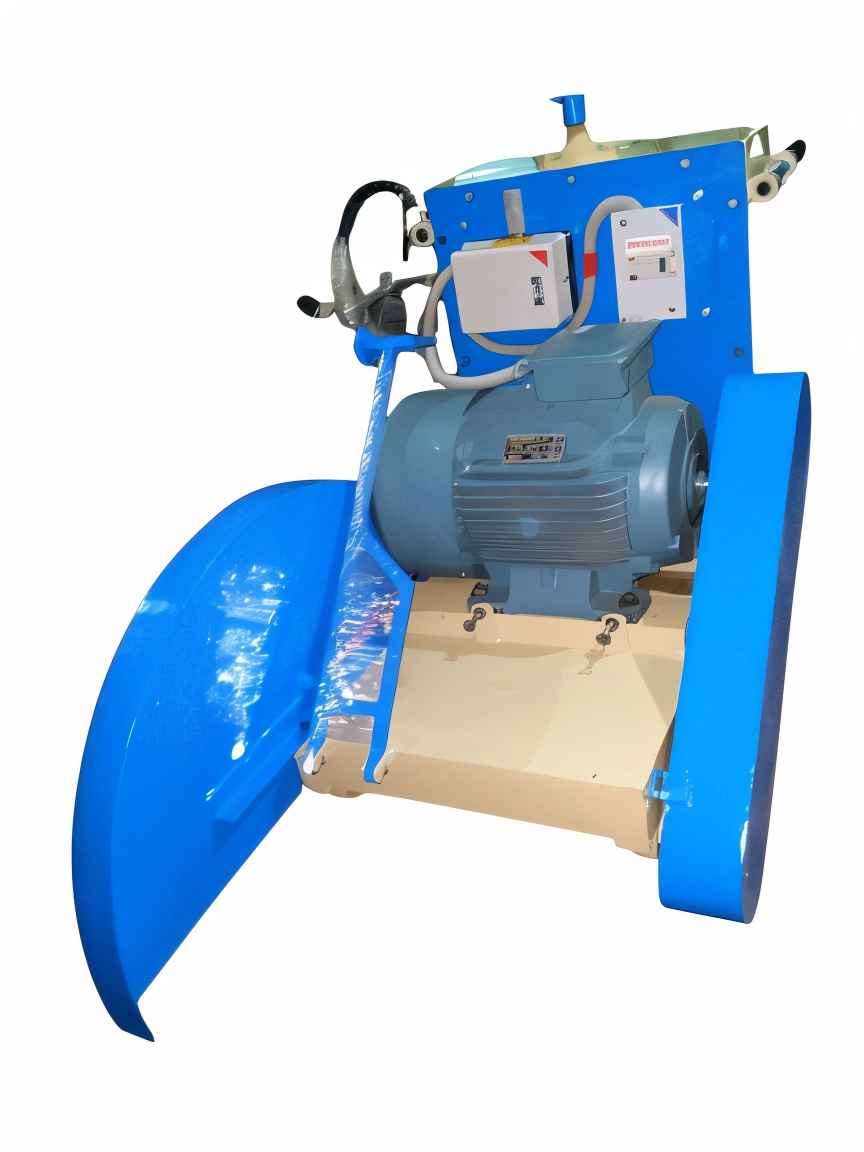Description
A Road concrete cutter is a powerful tool used in construction and roadwork to cut through concrete and asphalt. It's designed to handle tough materials efficiently and is essential for tasks such as road repair, expansion joint cutting, trenching, and creating openings for utility installations
Safety precautions are crucial when operating road concrete cutters due to their powerful nature and the potential for kickback or debris projection. Operators typically wear personal protective equipment (PPE) such as goggles, gloves, and hearing protection.
Road Concrete Cutter: Technical Details and Theory
A road concrete cutter, also known as a concrete pavement cutter or road saw, is an essential piece of equipment used in the construction and maintenance of concrete roads, pavements, and surfaces. It is primarily designed to cut through hardened concrete, asphalt, or other materials, creating controlled expansion joints, cracks, or sections for repair. Road concrete cutters are equipped with a diamond blade or other high-strength cutting tools that allow for precision cutting while minimizing vibration and dust.
Working Principle
The road concrete cutter uses a rotating diamond or carbide-tipped blade that cuts through the concrete surface by applying high rotational speed and pressure. The cutting blade is powered by either an electric motor or a gasoline engine. The machine is typically mounted on wheels or tracks for stability and ease of operation.
-
Blade Rotation: The cutting blade rotates at high speeds, and the operator controls the depth of the cut. The operator guides the machine along the desired cutting path, ensuring the cut is made at the correct depth and angle.
-
Water Cooling: Many concrete cutters are equipped with a water supply system to cool the cutting blade, reduce dust, and ensure a cleaner cutting process. Water also helps prevent overheating, prolonging the life of the blade.
-
Adjustable Cutting Depth: The cutter's cutting depth is adjustable, allowing it to make cuts at various depths depending on the application. The depth can range from shallow surface cuts to deep cuts required for expansion joints or repair work.


 Brochure
Brochure Call Us
Call Us Whatsapp Now
Whatsapp Now